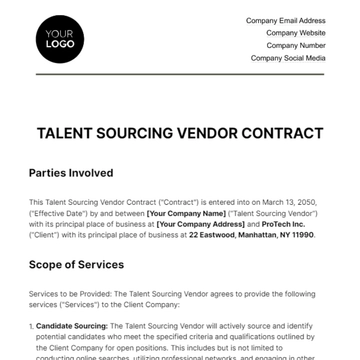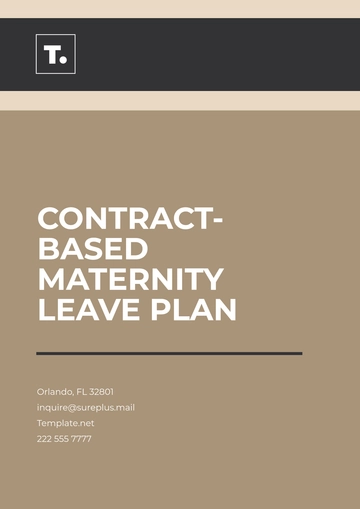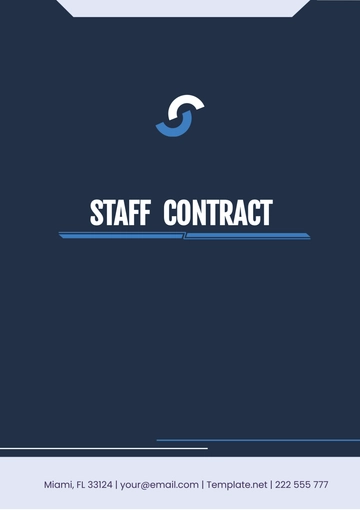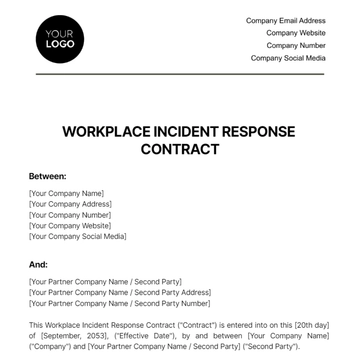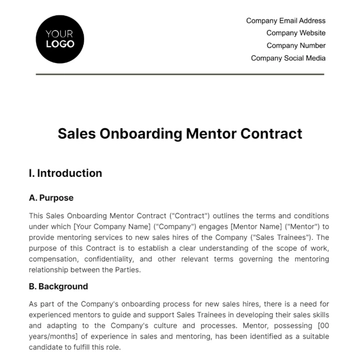Free Legal Employment & Labor Contract Negotiation Guide
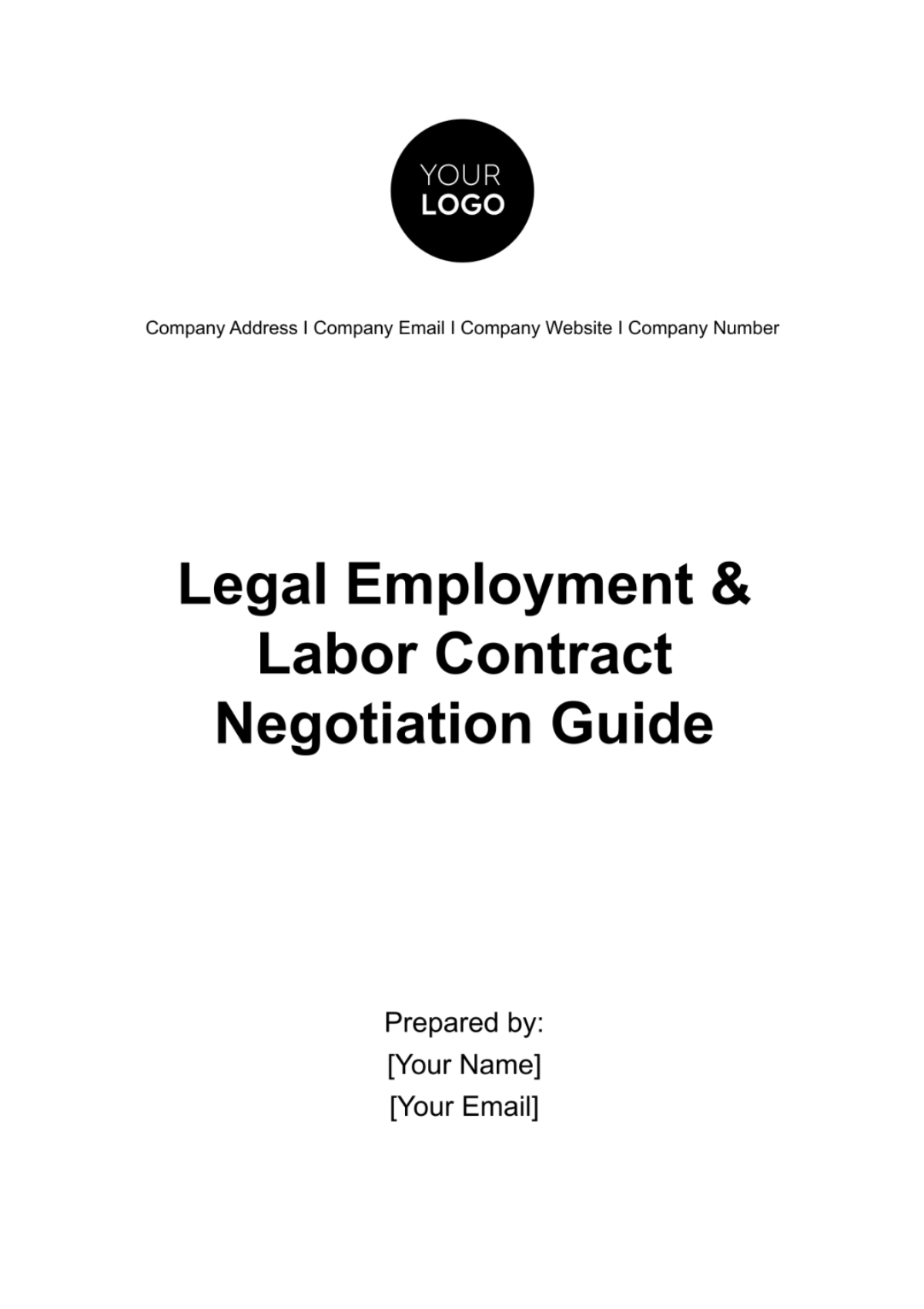
Welcome to the Legal Employment & Labor Contract Negotiation Guide. This comprehensive resource is designed to assist employers, employees, and legal professionals in navigating the complexities of negotiating employment contracts while ensuring compliance with relevant laws and regulations. Whether you are drafting a new contract, negotiating terms, or reviewing an existing agreement, this guide provides valuable insights and practical advice to help you achieve favorable outcomes.
I. Legal Framework
Employment contracts are governed by a complex web of federal, state, and local laws, as well as industry-specific regulations. Understanding these legal requirements is crucial to drafting contracts that are enforceable and compliant. Key federal employment laws include:
Fair Labor Standards Act (FLSA): Sets minimum wage, overtime pay, and child labor standards.
Title VII of the Civil Rights Act: Prohibits employment discrimination based on race, color, religion, sex, or national origin.
Americans with Disabilities Act (ADA): Prohibits discrimination against individuals with disabilities in employment.
Family and Medical Leave Act (FMLA): Provides eligible employees with job-protected leave for certain family and medical reasons.
Additionally, employers must comply with state and local laws governing minimum wage, non-discrimination, leave entitlements, and other employment-related matters.
II. Key Components of Employment Contracts
When drafting an employment contract, several key components must be addressed to ensure clarity and enforceability:
Employment Terms and Conditions
Specify the type of employment (e.g., full-time, part-time, contract) and the duration of employment (e.g., indefinite, fixed term).
Example:
"This Agreement ("Agreement") is entered into between Acme Corporation, a corporation organized and existing under the laws of the [Jurisdiction], and [Name of Employee], an individual resident of [Employee's Address], effective as of January 1, 2050."
Compensation and Benefits
Clearly outline the employee's compensation package, including salary/wages, bonuses, incentives, and benefits such as health insurance, retirement plans, and paid time off.
Example:
"[Name of Employee] shall be paid a base salary of $[00] per annum, payable on a bi-weekly basis. In addition to the base salary, [Name of Employee] shall be eligible to receive an annual performance bonus of up to 10% of his base salary based on mutually agreed-upon performance metrics. [Name of Employee] shall also be entitled to participate in the company's health insurance plan and retirement savings program."
Job Duties and Responsibilities
Define the employee's role within the organization, including job title, duties, reporting relationships, and performance expectations.
Example:
"[Name of Employee] shall serve as a Senior Software Engineer and shall report directly to the Director of Engineering. [Name of Employee]'s primary responsibilities shall include designing and developing software solutions, collaborating with cross-functional teams, and ensuring the timely delivery of high-quality products."
Termination Clauses
Specify the circumstances under which either party may terminate the employment relationship, including grounds for termination, notice periods, and any severance provisions.
Example:
"Either party may terminate this Agreement at any time, with or without cause, upon thirty (30) days' written notice to the other party. In the event of termination by the Company without cause, [Name of Employee] shall be entitled to receive six (6) weeks' severance pay."
Confidentiality and Non-disclosure Agreements
Protect the company's confidential information and trade secrets by including provisions prohibiting the employee from disclosing or using such information for unauthorized purposes.
Example:
"During the term of employment and thereafter, [Name of Employee] agrees to hold in strict confidence and not disclose to any third party any Confidential Information (as defined below) of the Company, whether written or oral, tangible or intangible, and whether or not marked, designated, or otherwise identified as 'confidential'."
Non-compete and Non-solicitation Clauses
Restrict the employee's ability to compete with the company or solicit its customers or employees for a specified period following termination of employment.
Example:
"During the term of employment and for a period of twelve (12) months following the termination of employment, [Name of Employee] shall not, directly or indirectly, engage in any business or activity that competes with the Company's business within the United States. Furthermore, [Name of Employee] shall not solicit or attempt to solicit any customers or employees of the Company for a period of twelve (12) months following the termination of employment."
III. Negotiation Strategies
Preparation for Negotiations
Before entering negotiations, conduct thorough research on industry standards, company policies, and the market value of your skills and experience. Identify your priorities and objectives, including desired salary, benefits, and work-life balance considerations. By being well-prepared, you can confidently advocate for your interests and effectively respond to any counteroffers or objections raised during negotiations.
Effective Communication
Communication is key to successful negotiations. Clearly articulate your needs, interests, and reasons for seeking specific terms in the contract. Listen actively to the other party's concerns and seek to understand their perspective. Maintain professionalism and focus on finding mutually beneficial solutions rather than engaging in confrontational or adversarial tactics.
Identifying Areas for Compromise
While it's essential to advocate for your non-negotiables, be willing to compromise on less critical issues to facilitate a mutually acceptable agreement. Prioritize your goals and consider alternative solutions or trade-offs that could satisfy both parties' interests. By demonstrating flexibility and openness to compromise, you can build rapport and trust with the other party, leading to a more productive negotiation process.
Leveraging Negotiating Strengths
Highlight your qualifications, experience, and value proposition to the organization throughout the negotiation process. Emphasize specific achievements, skills, or unique contributions that set you apart from other candidates or employees. Use data and evidence to support your arguments and justify your requests for favorable terms in the contract. By effectively showcasing your strengths and demonstrating the value you bring to the table, you can strengthen your negotiating position and increase your chances of achieving your desired outcomes.
IV. Common Pitfalls to Avoid
Overlooking Important Contract Clauses
Carefully review the contract to ensure that all relevant terms and conditions are addressed, including compensation, benefits, job duties, and termination provisions. Failure to address key clauses could result in misunderstandings or disputes down the line.
Accepting Unfavorable Terms
Take the time to thoroughly review the contract and seek legal advice if necessary to ensure that you fully understand and agree to all provisions. Don't hesitate to negotiate changes to terms that are unfavorable or unclear, as long as they are reasonable and legally permissible.
Failure to Seek Legal Advice
Consulting with a qualified attorney can provide valuable guidance on legal rights, risks, and options for negotiation. An experienced attorney can review the contract, identify any potential pitfalls or areas for improvement, and advise you on strategies for negotiating more favorable terms.
Miscommunication and Misunderstandings
Clearly communicate your expectations and seek clarification on any ambiguous or unclear terms in the contract. Don't make assumptions or rely solely on verbal agreements; ensure that all important terms are clearly documented in writing to avoid misunderstandings or disputes later on.
V. Legal Protections for Employees
Anti-discrimination Laws
Employees are protected against discrimination based on race, color, religion, sex, national origin, age, disability, or other protected characteristics. Employers must ensure that their hiring, promotion, and termination practices comply with these laws to avoid legal liability.
Workplace Safety Regulations
Employers are required to provide a safe and healthy work environment for their employees and comply with occupational safety and health standards. Employees have the right to report safety violations and refuse to work in unsafe conditions without fear of retaliation.
Overtime Pay and Leave Entitlements
Eligible employees are entitled to overtime pay for hours worked in excess of 40 hours per week, as well as leave for reasons such as illness, family emergencies, and military service. Employers must accurately track and compensate employees for all hours worked and provide appropriate leave benefits as required by law.
VI. Dispute Resolution
Mediation
Mediation is a voluntary process in which a neutral third party facilitates negotiations between the parties to reach a mutually acceptable resolution. It can be less adversarial and more cost-effective than litigation, allowing parties to maintain control over the outcome of the dispute.
Arbitration
Arbitration is a private, binding process in which an arbitrator or panel of arbitrators hears evidence and arguments from both parties and renders a decision that is enforceable in court. While arbitration can be faster and more efficient than litigation, parties may have limited opportunities for appeal, and the process can be costly.
Litigation
Litigation is the formal process of resolving disputes through the court system, where a judge or jury decides the outcome based on evidence and legal arguments presented by the parties. Litigation can be time-consuming and expensive, but it may be necessary if other methods of dispute resolution are unsuccessful or inappropriate for the circumstances.
VII. Conclusion
In conclusion, successful negotiation of employment contracts requires careful preparation, effective communication, and adherence to legal requirements and best practices. By following the strategies outlined in this guide and avoiding common pitfalls, you can negotiate fair and mutually beneficial agreements that protect your rights and interests. Remember to seek legal advice if you have any questions or concerns about your contract or the negotiation process, and stay informed about changes in employment laws and regulations that may affect your rights and obligations. Thank you for using the Legal Employment & Labor Contract Negotiation Guide, and we wish you success in your negotiations and endeavors.
- 100% Customizable, free editor
- Access 1 Million+ Templates, photo’s & graphics
- Download or share as a template
- Click and replace photos, graphics, text, backgrounds
- Resize, crop, AI write & more
- Access advanced editor
Discover the ultimate solution for seamless contract negotiations with Template.net's Legal Employment & Labor Contract Negotiation Guide Template. This comprehensive resource offers editable and customizable features, ensuring effortless tailoring to your specific needs. With our intuitive AI Editor Tool, navigating complex legal frameworks becomes a breeze. Streamline your negotiation process and achieve optimal outcomes effortlessly.
You may also like
- Rental Contract
- Contractor Contract
- Contract Agreement
- One Page Contract
- School Contract
- Social Media Contract
- Service Contract
- Business Contract
- Restaurant Contract
- Marketing Contract
- Real Estate Contract
- IT Contract
- Cleaning Contract
- Property Contract
- Supplier Contract
- Partnership Contract
- Food Business Contract
- Construction Contract
- Employment Contract
- Investment Contract
- Project Contract
- Payment Contract
- Student Contract
- Travel Agency Contract
- Startup Contract
- Annual Maintenance Contract
- Employee Contract
- Gym Contract
- Event Planning Contract
- Personal Contract
- Nursing Home Contract
- Law Firm Contract
- Work from Home Contract
- Software Development Contract
- Maintenance Contract
- Music Contract
- Amendment Contract
- Band Contract
- DJ Contract
- University Contract
- Salon Contract
- Renovation Contract
- Photography Contract
- Lawn Care Contract
